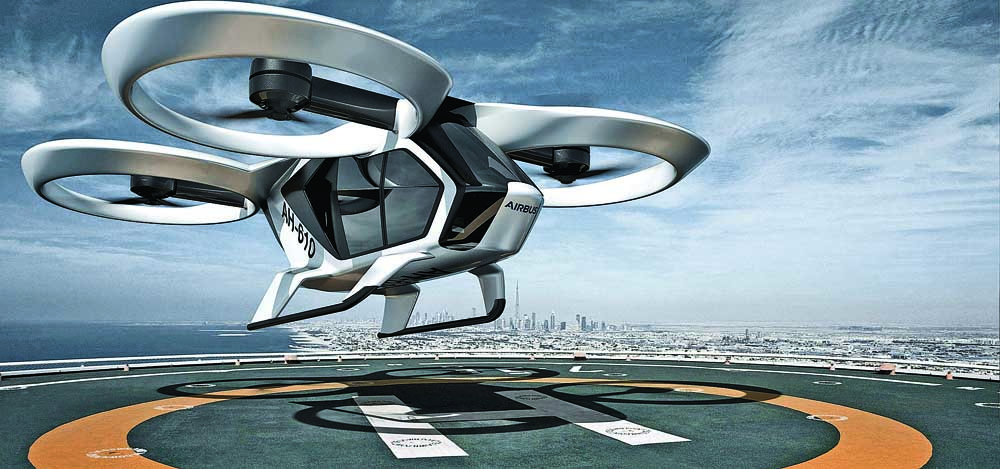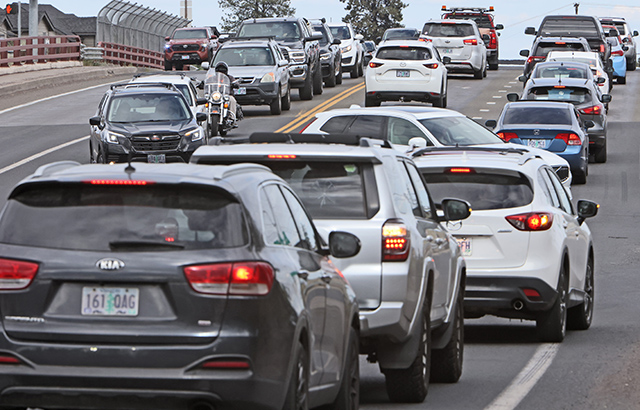Groundwork speeds up for flying taxis
Published 12:00 am Sunday, March 4, 2018

- In 2023, Airbus plans to deploy CityAirbus, which can carry up to four passengers.(Airbus via The New York Times)
SAN FRANCISCO — Flying cars are just starting to inch their way out of science fiction. But that is not stopping companies from planning for flying taxi services.
A growing collection of tech companies, aircraft manufacturers, automakers and investors are betting that fleets of battery-powered aircraft will give rise to air taxi services, perhaps as soon as the next decade. Some of those taxis, the companies hope, may use artificial intelligence to fly themselves.
Trending
The dealmaking, technology exploration and perhaps wishful thinking around this new sort of flying transportation — please, the companies ask, don’t call them flying cars — are reminiscent of the work done on self-driving cars a few years ago.
No one can say for certain if these new vehicles will turn out to be a real business. But many companies are worried about being left behind.
The European aerospace company Airbus said Tuesday that it was making an investment in Blade, an aviation startup in New York, and forming a partnership to expand Blade’s helicopter hailing service in more cities around the world. Last week, Dara Khosrowshahi, Uber’s chief executive, said he expected the ride-hailing company to start flying passengers on a service called Uber Air in five to 10 years.
In November, Boeing acquired Aurora Flight Sciences, a company specializing in flight systems for pilotless aircraft, for an undisclosed sum. Before the acquisition, Aurora had been working with Uber to develop a flying taxi. And Joby Aviation, a startup in Santa Cruz, California, building an air taxi, said this month that it had raised $100 million in venture funding from a consortium of investors including the venture capital arms of Intel, Toyota Motor and JetBlue Airways.
“This is the natural progression of the vehicles we make,” said Ben Bridge, head of global business for Airbus Helicopters. “We want a seat at the table and a voice in the conversation that is happening.”
Whatever you imagine a flying car to be — stop. What these companies envision is something like a helicopter but much quieter and more affordable. Think of a hobbyist’s drone, but big enough to fit people. It would, in theory, be welcome in urban environments and affordable to more than well-heeled businesspeople. At least, that’s the dream.
Trending
For now, Airbus executives hope to gain from Blade’s experience with an app that allows customers to reserve a seat on a helicopter. Airbus is expected to invest up to $15 million in Blade, which would represent about a 10 percent stake in the company, according to a person who is familiar with the transaction but not permitted to discuss the investment details publicly.
Both companies see helicopters as an intermediate step until a new type of aircraft and taxi service hits the market. Rob Wiesenthal, Blade’s chief executive, said a quieter and less expensive alternative to helicopters “opens up a whole new world.”








